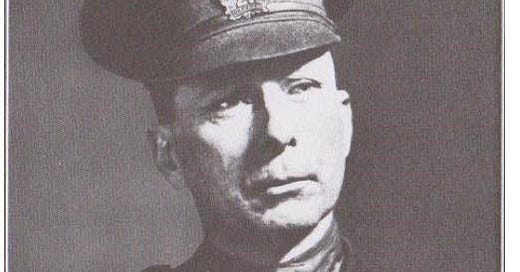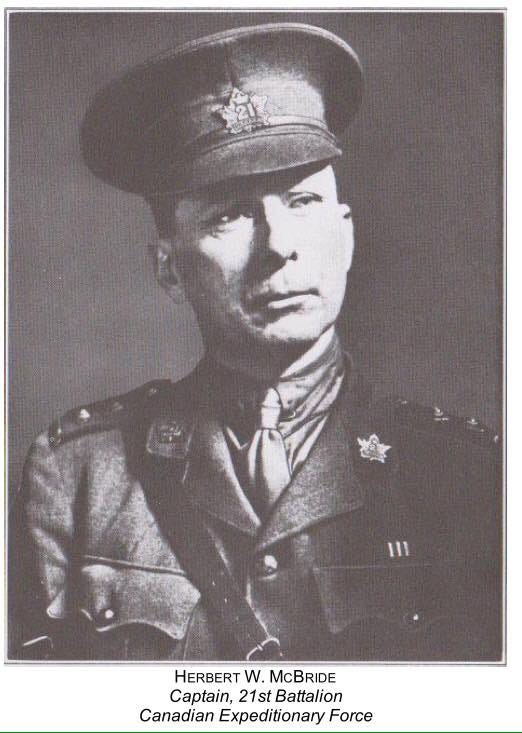A Rifleman Went To War and The Emma Gees
Free downloads of Herbert W. McBride's influential classics.
Herbert Wesley McBride was born in Waterloo, Indiana to a family with a long tradition of military service: His grandfather was killed in the Mexican War, and his father served the Union cavalry during the Civil War. An officer in the Indiana National Guard, he resigned his commission to enlist in the Canadian Expeditionary Force as they headed to the European front of what would be known as The Great War before the United States. McBride was a long-time competitive shooter and thanked the organizing bodies of the shooting competitions he participated in the acknowledgments of his books as being directly beneficial to him and every soldier he served with during the war.
McBride details his war experiences in his books, which still stand as excellent accounts of effective small arms use in battle. He was wounded seven times while in the service of the Canadian Army. Following his service there, McBride rejoined the Indiana National Guard as a Captain in 1917 and was assigned as an instructor to the 139th Machine Gun Battalion, 38th Division, serving at Camp Perry teaching rifle marksmanship and sniping tactics. After the war, he worked in the Oregon lumber industry for most of his later years. McBride died in Indianapolis of a heart attack on March 17, 1933, shortly after finishing A Rifleman Went To War. He served honorably and with valor for both his adopted Canada and his native United States and lies at rest in a family plot at the Crown Hill Cemetery of Indianapolis, Indiana.
His history was more than a bit checkered, including some demotions for carousing and the like, but he was a dedicated shottist. Having known a few, um…, colorful characters on various shooting teams, nothing about his extracurricular activities is surprising. Herbert McBride’s memoir A Rifleman Went to War and shorter predecessor The Emma Gees are considered some of the best first-person accounts of World War I. McBride’s life was a mixture of honor and valor interspersed with personal failings.
Download The Emma Gees:
https://firearmusernetwork.com/tag/herbert-mcbride/
Read A Rifleman Went To War online:
https://archive.org/details/riflemanwenttowa0000herb/mode/2up
Herbert McBride: Training Marksmanship
By the time he got to Canada, McBride was already an expert shooter. He had some thoughts on training riflemen:
“I have said that the musketry instruction of the Canadian Expeditionary Force was, in the main, similar to that of the United States Army and this is true. The object of both is to instruct the man in the fundamentals of sighting, aiming, holding, and firing the rifle. The weakness of both, in my opinion, lies in the lack of sufficient practice after the above instruction has been assimilated. All of us who are or have been in the military service are all too familiar with the “set schedules” for training in this or that branch of the soldier’s educational work. The time for instruction firing is usually limited—as is the ammunition allowance—and the record firing is crammed into a few hectic days. Everything must be done just so and so.
“Well, perhaps that is all right, although I cannot see it that way. My idea of training a rifleman would be to put him through the full instructional course and then give him a lot of ammunition and let him go out on the range, at odd times, and work out his own salvation. Have targets available at any time, with men to work them, but keep no records excepting those which the man would be encouraged to keep for his own private information.”






I agree with his ideas on practice after initial training. When I worked at Savannah River Plant as a construction worker I tried to get hired on with Wackenhut the security contractor at the site. At the time if you were a weapon carrying security officer, they would pay overtime if you were going to the range for practice. A dream job in my opinion.